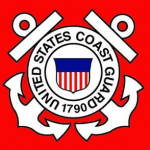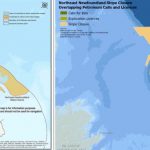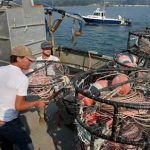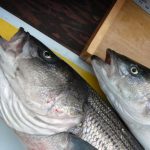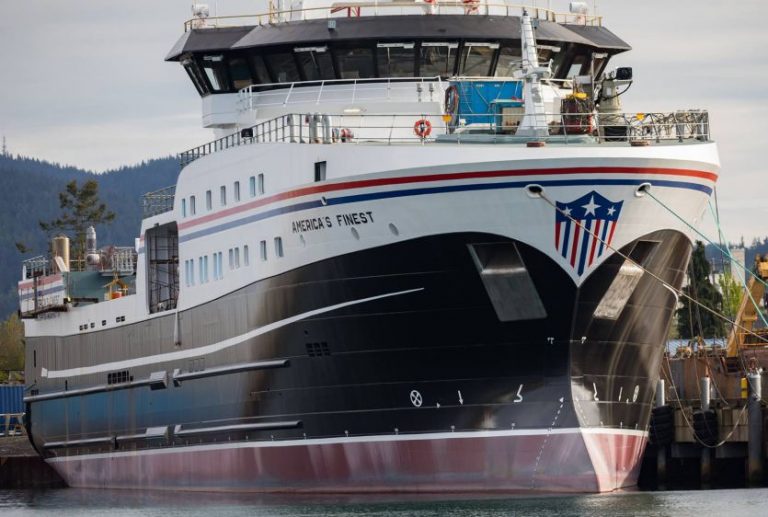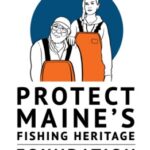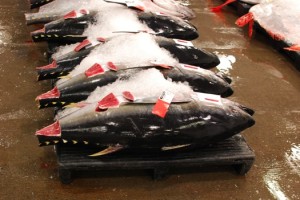Tag Archives: Rick Wahle

Challenges abound, but lobstermen say they’re in it for the long haul
Around 2 a.m. each morning, a parade of trucks from around the region begins the journey down to the Stonington docks, marking the start of another day of lobstering in Maine. In short, a large part of coastal Hancock County and beyond depend on lobster. One of the locals that has made her living off lobster is Julie Eaton, a member of Stonington’s 300-plus lobster boat fleet. She’s been at it for 39 years now and to her it’s not just a job, it’s a way of life. Every fisherman has their own story, but almost all of them say they got into the business because they love working on the ocean.  For the hundreds of lobstermen in the region, things are going pretty well at the moment, even with the pandemic. While things are going well, if you talk to almost any Downeast lobstermen about the future of their industry, the conversation will come to two things: right whales and wind turbines. >click to read< 13:28
For the hundreds of lobstermen in the region, things are going pretty well at the moment, even with the pandemic. While things are going well, if you talk to almost any Downeast lobstermen about the future of their industry, the conversation will come to two things: right whales and wind turbines. >click to read< 13:28
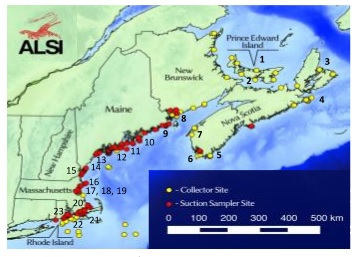
Coast to coast, companies team up to fund UMaine lobster research
A $75,000 gift from two seafood companies will fund a fourth field season for a University of Maine deepwater lobster settlement monitoring program. The deepwater research is an extension of the American Lobster Settlement Index, which was initiated in 1989 by Rick Wahle, a research professor in the School of Marine Sciences and director of the Lobster Institute. The index includes collaborators and monitoring sites from Rhode Island to Newfoundland.,,, The 2019 field season will be funded by a $50,000 gift from Ready Seafood Company, and a $25,000 gift from Santa Monica Seafood Co., a seafood distributor in California. (Thank You!) >click to read<11:42
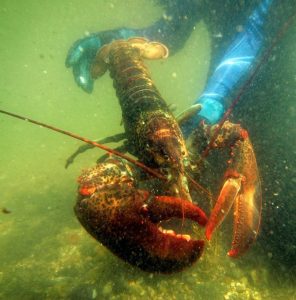
State disputes study that predicts sharp decline in Gulf of Maine lobster population
The state agency that oversees Maine’s marine fisheries is questioning the reliability of a new study that predicts a sharp decline in Gulf of Maine lobsters over the next 30 years. The Gulf of Maine Research Institute, the University of Maine and the National Oceanic and Atmospheric Administration built a computer model that predicts the population will fall 40 to 62 percent by 2030. But Patrick Keliher, commissioner of the Department of Marine Resources, won’t be using the model to help him decide how to manage the state’s most valuable fishery,,, >click here to read< 01:06 
Maine lobster catch on track to hit lowest value this decade
 Maine’s 2017 lobster harvest is on pace to hit its lowest value this decade, due to an unfavorable combination of a dwindling catch and falling prices, according to lobster industry officials. The statewide haul for this year could plummet below 100 million pounds for the first time since 2010 — a decrease of more than 30 million pounds from 2016, said David Cousens, president of Maine Lobstermen’s Association. “This year we’re having is one of the worst we’ve had” in recent memory, Cousens said. click here to read the story 08:19
Maine’s 2017 lobster harvest is on pace to hit its lowest value this decade, due to an unfavorable combination of a dwindling catch and falling prices, according to lobster industry officials. The statewide haul for this year could plummet below 100 million pounds for the first time since 2010 — a decrease of more than 30 million pounds from 2016, said David Cousens, president of Maine Lobstermen’s Association. “This year we’re having is one of the worst we’ve had” in recent memory, Cousens said. click here to read the story 08:19
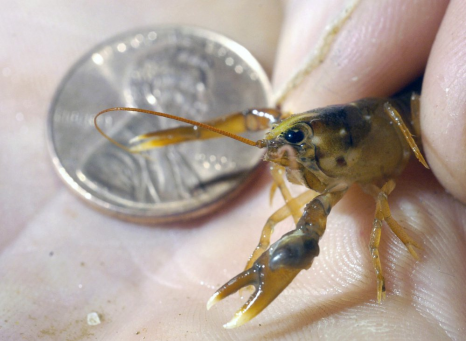
A mystery is born: Where are all the baby lobsters?
Biologists and lobstermen are growing increasingly worried that the state’s most valuable fishery, which in recent years has boasted record volume and value and accounts for more than 80 percent of Maine’s fishing profit, is about to go bust, a doomsday economic scenario some call the curse of the “gilded trap.” At the center of their concern: The number of baby lobsters found in the Gulf of Maine continues to fall. “We call it the great disconnect,” said Joshua Carloni, New Hampshire’s state lobster biologist. “And as you can imagine, it has us concerned.”,,, The Seabrook tows found a decline in copepods – tiny planktonic crustaceans that are most likely a staple of the lobster larval diet click here to read the story 08:14
Fish in the Northwest Atlantic Are Going Hungry – New Science From Maine’s Department of Marine Resources Helps To Explain Why. click here to read the article



































